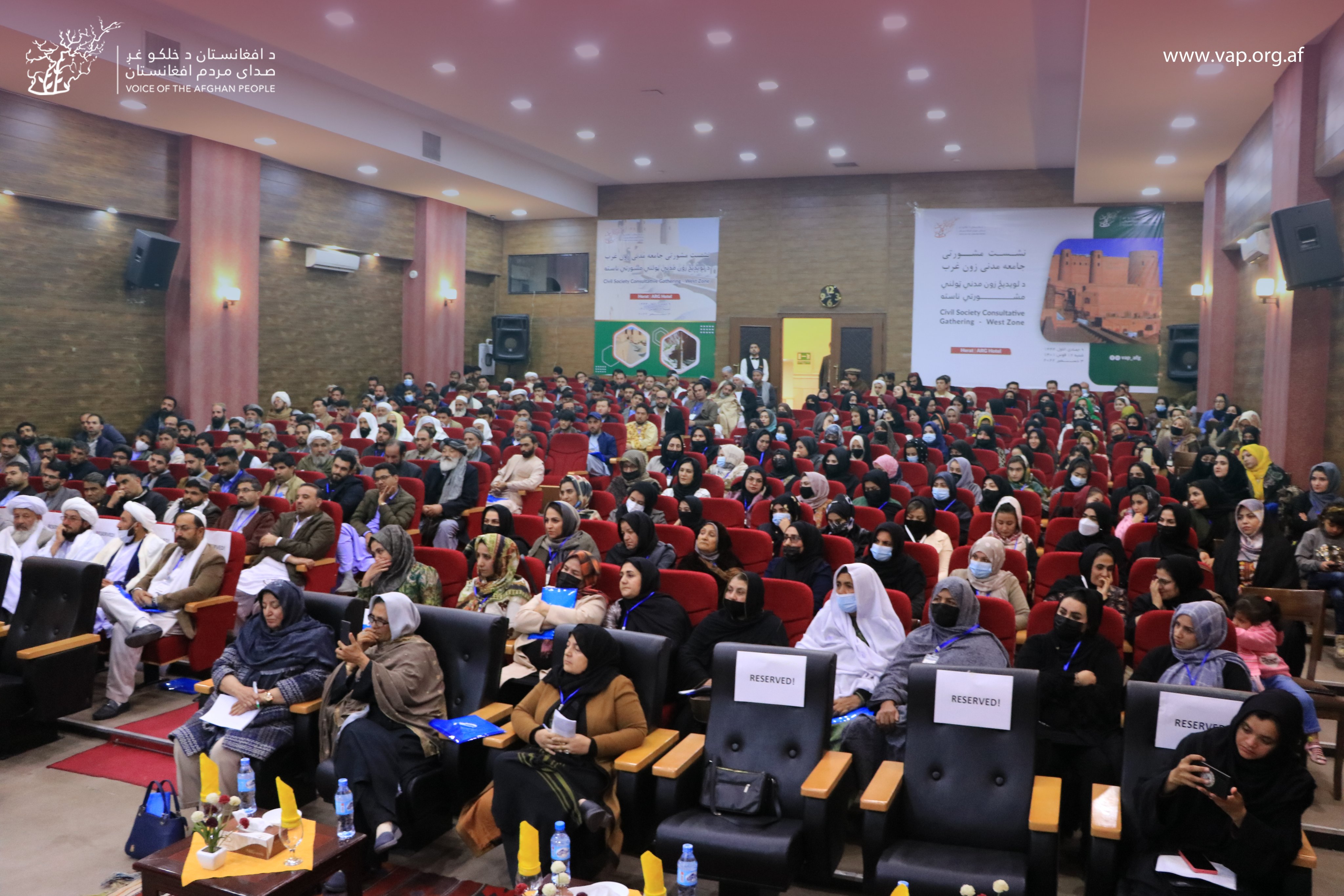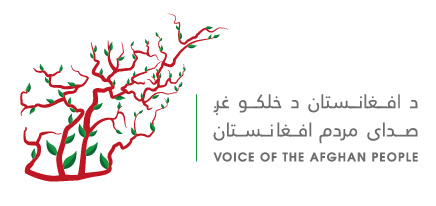
Background
Voice of the Afghan People (VAP) was initiated in the fall of 2019 by a consortium of The Liaison Office (TLO), The Organization for Policy Research and Development Studies (DROPS), and the Afghan Research and Evaluation Unit (AREU) with the support of the EU Afghanistan Peace Support Mechanism (EU APSM) in Dubai, Kabul and New Delhi for consecutive strategic planning workshops.
Voice of the Afghan People's Mandate
Post-August 15, VAP restructured its focus and has proved relevant in the new context by enabling dialogue space within the civil society and between civil society and IEA, confidence-building, and igniting hope among civil society actors.
The initial period post-August 15 focused on building a relationship with the IEA authorities, establishing an MoU with the Ministry of Information and Culture in February 2022. The MoU enabled VAP to re-establish its efforts and allowed VAP to organize public consultations in the country.
The Voice of the Afghan People continued its operation in Afghanistan as an independent and impartial mechanism. VAP brings together Afghan civil society’s concerns, interests, and priorities, including local, cultural, and religious leaders, women, youth, minorities, and victims of conflict from across the country to provide a structured, neutral, and non-partisan pathway between Afghan citizens and the IEA.
VAP is a dialogue platform, bringing in the Afghan voices, including civil society, non-armed political parties, and other groups’ concerns and demands, and sharing them with the authorities on the national, local, provincial, and regional levels. In addition, VAP works as a feedback loop that provides information from the IEA authorities to the Afghan population, civil society, and other groups in rural and urban areas.
In March 2022, VAP was the only mechanism that organized the First National Civil Society Consultation in Kabul, focusing on issues and challenges for Afghanistan prioritized by Afghan society. This was the first event held in Afghanistan since August 15, where a large group of Afghans – 286 people, 88 women and 198 men – had been able to sit together and discuss joint priorities and served to ignite hope in the men and women attending.
In May 2022, a national cultural event was held in the famous Babur Garden of Kabul. The event served to highlight the diversity of cultural expression in Afghanistan. Three hundred sixty-five people from all provinces, including 288 men and 77 women, attended the event. This event also included an exchange with the IEA Ministry of Information and culture.
On 16 June, 60 representatives from both events were invited to a meeting with Deputy Prime Minister Maulavi Kabir to exchange perspectives of Afghan society on the situation in Afghanistan based on the outputs of the above events. The delegation was warmly welcomed by the IEA and asked VAP to convey similar gatherings and feedback sessions with the IEA in the future.
The working method of VAP is constructed to respond to different requests for dialogues and exchanges by various segments of Afghan society. For example, participants in the above discussions expressed a wish to have VAP support similar events across the country, resulting in VAP designing a plan for events in all provinces the by the end of 2023.
Between June and September 2022, VAP held five provincial civil society meetings in Bamiyan, Balkh, Kunduz, Faryab, and Badakhshan, with participants from Daykundi, Bamyan, Balkh, Sare-e-Pul, Samangan, Kunduz, Baghlan, Faryab, Jawizjan, Badakhshan, and Takhar provinces. Each gathering hosted almost 200 people. In addition, on September first, 2022, VAP hosted a meeting between 30 women leaders and the Deputy Minister of Information and Culture. This was similarly based on a request from women’s groups. Both the delegation and the Deputy Prime Minister found the exchange fruitful and requested VAP to continue to support both the IEA and Afghan Society in building confidence and decrease the distance between authorities and the population by continuing to convey such sessions regularly and extend it also to other ministries and IEA decision-making levels.
As a result of these consultations, all participants agreed that engagement with IEA is preferable than confrontation. It became clear through the consultations that there is a need for confidence-building measures between different parts of society and IEA. The existing distance could be reduced by holding these types of consultative sessions.
In all gatherings, the participants requested VAP to continue such sessions regularly with IEA authorities at the national and subnational level and extend it to IEA senior decision-making levels. In addition, these inputs obliged VAP to reach every province and district of the country and collect the voices of various groups in Afghan society.
VAP already has established an extensive network of CSO partners throughout Afghanistan and works with the networks to reach the regional, provincial, and district levels in Afghanistan. VAP structures its outreach by using its Steering Committee Members and advisory bodies’ capacity, located across the country, and seven regional nodes equipped with 14 regional officers (per region, one male and one female) to access the thirty-three provinces, which in turn connect to the district level.
VAP recognizes a vast diversity of voices in Afghanistan, and creating the conditions for sustainable peace requires broad participation and inclusion of all who want to hear their concerns and desires.
VAP ensures a direct pathway between the Afghan people and the Islamic Emirate of Afghanistan (IEA), with the vision of a social change beyond providing a dialogue platform.
VAP is currently funded by the EU Afghanistan Inclusive Dialogue Mechanism (AIDI) via the Swedish International Development Agency (SIDA) until February 2024. VAP, and AIDI, would nevertheless be open to adding additional donors to be able even further to broaden the scope of its work and enable VAP to respond to even more requests of facilitating dialogue between Afghan society and the IEA across the country.
